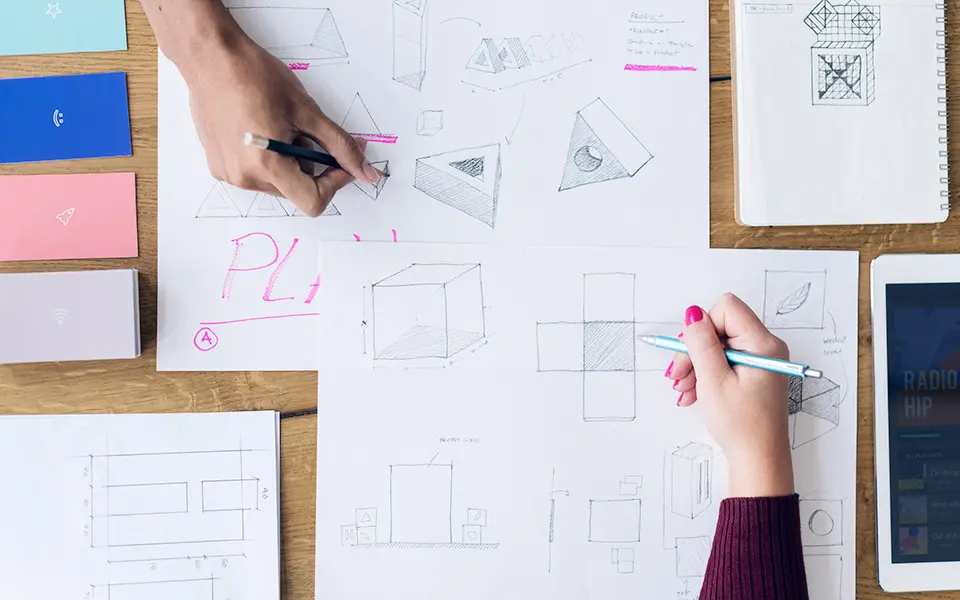The Power of Typography
Typography is the art and technique of arranging type to make written language legible, readable, and appealing. In digital design, typography plays a crucial role in communication and user experience.
Fundamental Typography Concepts
Type Classifications
- Serif: Traditional, formal, authoritative
- Sans-serif: Modern, clean, minimal
- Display: Decorative, eye-catching
- Monospace: Technical, precise
Typography Hierarchy
Creating clear visual hierarchy through typography:
- Headlines: Large, bold, attention-grabbing
- Subheadings: Supporting information
- Body Text: Optimized for readability
- Caption Text: Additional context
Best Practices for Digital Typography
Font Selection
- Choose fonts that align with brand personality
- Ensure cross-platform compatibility
- Limit font families to 2-3 per design
- Consider loading times and performance
Readability Guidelines
- Line Length
- Ideal: 45-75 characters per line
- Mobile: 35-50 characters per line
- Line Height
- Body text: 1.5-1.6
- Headlines: 1.2-1.3
- Font Size
- Body: 16-18px base size
- Scale ratio for headings
- Responsive adjustments
Technical Considerations
- Font loading strategies
- Fallback font stacks
- Variable fonts for performance
- Proper font formats (WOFF2, WOFF)
Typography in Different Contexts
Responsive Typography
- Fluid typography scaling
- Breakpoint adjustments
- Mobile optimization
- Device considerations
Accessibility
- Contrast requirements
- Font size minimums
- Line spacing guidelines
- Alternative text styling
Emerging Typography Trends
The future of digital typography includes:
- Variable fonts
- Dynamic typography
- AI-powered font suggestions
- Performance optimizations
Understanding and applying typography fundamentals ensures your digital designs are both beautiful and functional, creating experiences that users can easily read and interact with.





